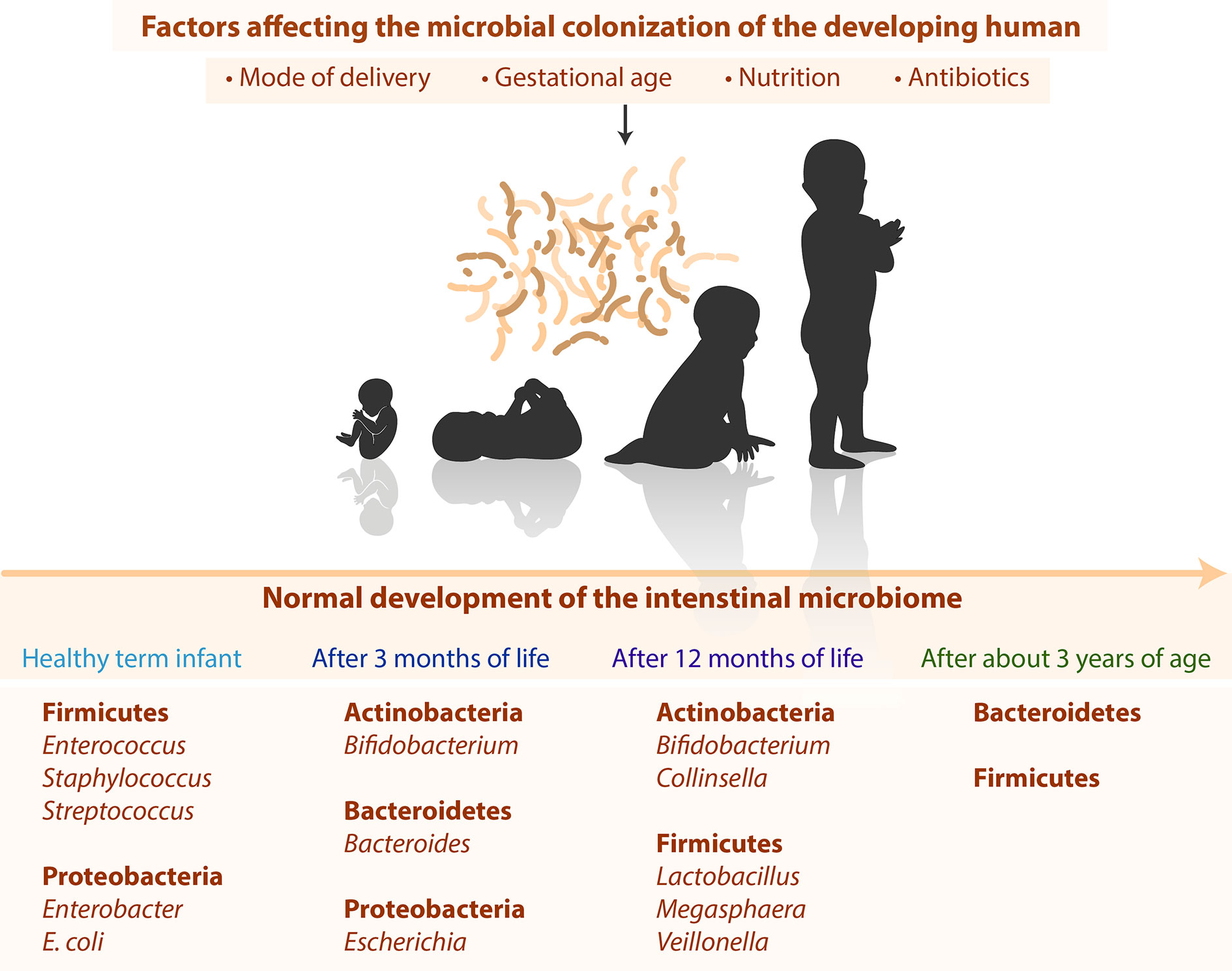Mental Health Awareness and Workers’ Compensation: Advancing Sustainable Development Goals
Introduction
In recent years, mental health awareness has surged within the workers’ compensation landscape, reflecting a growing recognition of its importance aligned with the Sustainable Development Goals (SDGs), particularly SDG 3: Good Health and Well-being. An estimated one in five adults (51.5 million) in the United States live with mental illness, underscoring the critical need for expanded mental health coverage and support in workplaces.
Expansion of Mental Health Coverage in Workers’ Compensation
Originally designed to cover first responders experiencing post-traumatic stress disorder (PTSD), workers’ compensation programs have broadened to include other frontline employees such as nurses and healthcare professionals. This expansion supports SDG 8: Decent Work and Economic Growth by promoting safe and healthy working environments.
- State-Level Policy Developments
- New York pioneered mental health coverage in workers’ compensation.
- Several states, including Vermont and Washington, have expanded programs to cover anxiety, depression, and PTSD among government employees and healthcare workers.
- Washington extended benefits to registered nurses with PTSD after providing direct patient care for at least 90 days as of 2024.
- Economic Impact
- According to the World Health Organization, depression and anxiety disorders cost the global economy $1 trillion annually in lost productivity, highlighting the importance of SDG 8 and SDG 3.
- Employees with depression miss approximately 8.7 more workdays per year than their peers without depression.
- Early intervention in workers’ compensation claims can mitigate these costs and improve outcomes.
Early Intervention Strategies in Workplace Injuries
Employers are encouraged to adopt early intervention tactics within the first 30 days of a workplace injury to facilitate faster recovery and return to work. This approach aligns with SDG 3 by promoting health and well-being and SDG 9: Industry, Innovation, and Infrastructure through the adoption of advanced technologies.
- Combining technology with human support enhances employee well-being and reduces claim-related costs.
- Early intervention fosters a supportive work environment, contributing to SDG 8 by improving productivity and job satisfaction.
Addressing Mental Health Stigma in the Workplace
Removing stigma around mental health is essential to creating inclusive workplaces and achieving SDG 10: Reduced Inequalities. Employers must lead by example through open discussions and employee assistance programs.
Impact of Mental Health on the Workplace
- Mental health challenges affect concentration, decision-making, and job performance, reducing productivity.
- Increased absenteeism and presenteeism due to mental health issues result in significant organizational costs.
- Poor mental health contributes to job dissatisfaction, burnout, and high employee turnover.
Organizational Responsibilities
- Employers have ethical and legal duties to provide safe, healthy workplaces, addressing mental health concerns.
- Supporting mental health improves employee morale, engagement, and organizational culture.
- Companies prioritizing mental health attract and retain talent, enhancing competitiveness and sustainability.
- Promoting mental well-being aligns with SDG 3 and SDG 16: Peace, Justice, and Strong Institutions by fostering respectful and supportive environments.
Integrating Mental Health into Workers’ Compensation Strategies
Organizations should normalize mental health conversations through leadership training, peer support groups, and internal campaigns. Integrating mental health screenings into post-injury protocols ensures early identification and support, reinforcing SDG 3 and SDG 8.
High-Tech, High-Touch Approach to Mental Health Claims
A balanced approach combining advanced technology with human-centered care is vital in managing mental health claims effectively.
- Technological Innovations
- Use of AI-powered screening platforms, telehealth triage, and predictive analytics to identify high-risk cases early.
- Technology supports timely and accurate case management, facilitating quicker return to work.
- Role of Medical Case Managers
- Proactive assessment of mental health risks during injury management.
- Providing employers with actionable guidance within the first 30 days to reduce costs and improve outcomes.
- Holistic evaluations addressing physical, emotional, and psychosocial needs to eliminate triggers of mental health complications.
Conclusion
The workers’ compensation system is evolving to recognize mental health as an essential component of employee well-being, in line with multiple Sustainable Development Goals including SDG 3, SDG 8, and SDG 10. By validating mental health in the workplace and adopting comprehensive, technology-enabled, and human-centered strategies, organizations demonstrate their commitment to treating employees holistically. This approach not only reduces costs but also fosters a resilient, productive workforce and a positive organizational culture.
Karen Thomas, Vice President of Clinical Solutions at CorVel, advocates for the integration of mental health care as a fundamental aspect of workers’ compensation.
1. Sustainable Development Goals (SDGs) Addressed or Connected
- SDG 3: Good Health and Well-being
- The article focuses on mental health awareness, workplace mental health, and workers’ compensation related to mental health conditions, directly connecting to SDG 3 which aims to ensure healthy lives and promote well-being for all at all ages.
- SDG 8: Decent Work and Economic Growth
- The discussion about workplace mental health, productivity, absenteeism, presenteeism, and organizational responsibility relates to SDG 8, which promotes sustained, inclusive and sustainable economic growth, full and productive employment, and decent work for all.
- SDG 10: Reduced Inequalities
- The article highlights the removal of stigma and discrimination related to mental health in the workplace, which aligns with SDG 10’s goal to reduce inequalities within and among countries.
2. Specific Targets Under Those SDGs Identified
- SDG 3: Good Health and Well-being
- Target 3.4: By 2030, reduce by one third premature mortality from non-communicable diseases through prevention and treatment and promote mental health and well-being.
- Target 3.8: Achieve universal health coverage, including financial risk protection and access to quality essential health-care services and medicines.
- SDG 8: Decent Work and Economic Growth
- Target 8.5: Achieve full and productive employment and decent work for all women and men, including for young people and persons with disabilities, and equal pay for work of equal value.
- Target 8.8: Protect labor rights and promote safe and secure working environments for all workers, including migrant workers, particularly women migrants, and those in precarious employment.
- SDG 10: Reduced Inequalities
- Target 10.3: Ensure equal opportunity and reduce inequalities of outcome, including by eliminating discriminatory laws, policies and practices and promoting appropriate legislation, policies and action.
3. Indicators Mentioned or Implied to Measure Progress
- SDG 3 Indicators
- Prevalence of mental health conditions such as depression, anxiety, and PTSD among workers (implied through statistics like “one-in-five adults living with mental illness” and coverage of mental health claims).
- Number and proportion of workers covered by mental health-related workers’ compensation programs (implied by state-level policy expansions).
- Access to mental health services and early intervention programs in workplaces (implied by adoption of early intervention tactics and mental health screenings).
- SDG 8 Indicators
- Rates of absenteeism and presenteeism related to mental health issues (implied by data on missed work days and productivity losses).
- Number of workplaces implementing mental health support programs and policies (implied by examples of state policies and organizational responsibilities).
- Incidence of workplace injuries and mental health claims (implied through workers’ compensation claims data).
- SDG 10 Indicators
- Reduction in stigma and discrimination against employees with mental health conditions (implied through discussion on stigma removal and supportive workplace culture).
- Equity in access to mental health benefits across different employee groups (implied by expanded coverage beyond first responders to other frontline workers).
4. Table of SDGs, Targets, and Indicators
| SDGs | Targets | Indicators |
|---|---|---|
| SDG 3: Good Health and Well-being |
|
|
| SDG 8: Decent Work and Economic Growth |
|
|
| SDG 10: Reduced Inequalities |
|
|
Source: claimsjournal.com







